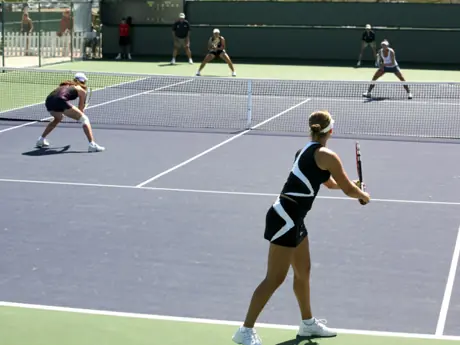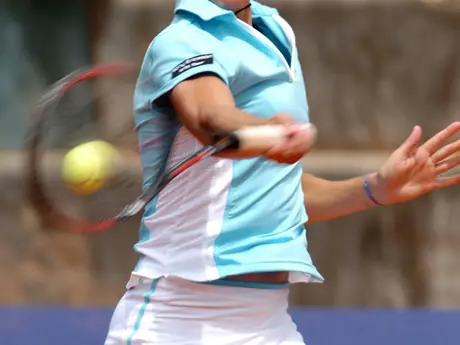
From time to time, you might come across an opponent in a United States Tennis Association league who is playing in a lower level than they should be.
This can happen when he or she uses the self-rate functionality on TennisLink during the registration process. That low self-rate could have been a mistake or done intentionally. You'll never know for sure.
More: What Level of Player Are You?
But just because you can start the grievance process, doesn't mean you should. Learn when you should file a grievance and what steps to follow to ensure it's taken seriously.
When It's Worth Filing a Grievance
Losing a match is not a reason—on its own—to file a grievance. Even losing by a wide margin shouldn't be cause for concern because you might have had a bad day, while your opponent was just much better, yet still within your level.
More: How to Reduce Unforced Errors
You should look into filing a grievance when you see a player whose match play ability is clearly at a higher level. If your USTA section or district looks into it and upholds the grievance, you have done the other teams in your league a big favor.
Know the Rules
Once you've decided to file, your first stop should be the Grievance Protocol and Grievance Forms on the USTA Tennislink website.
The USTA does allow players and captains to file a grievance against self raters. League players who have been rated by USTA's computer system are protected and their rating can't be challenged.
- 1
- of
- 2








Discuss This Article